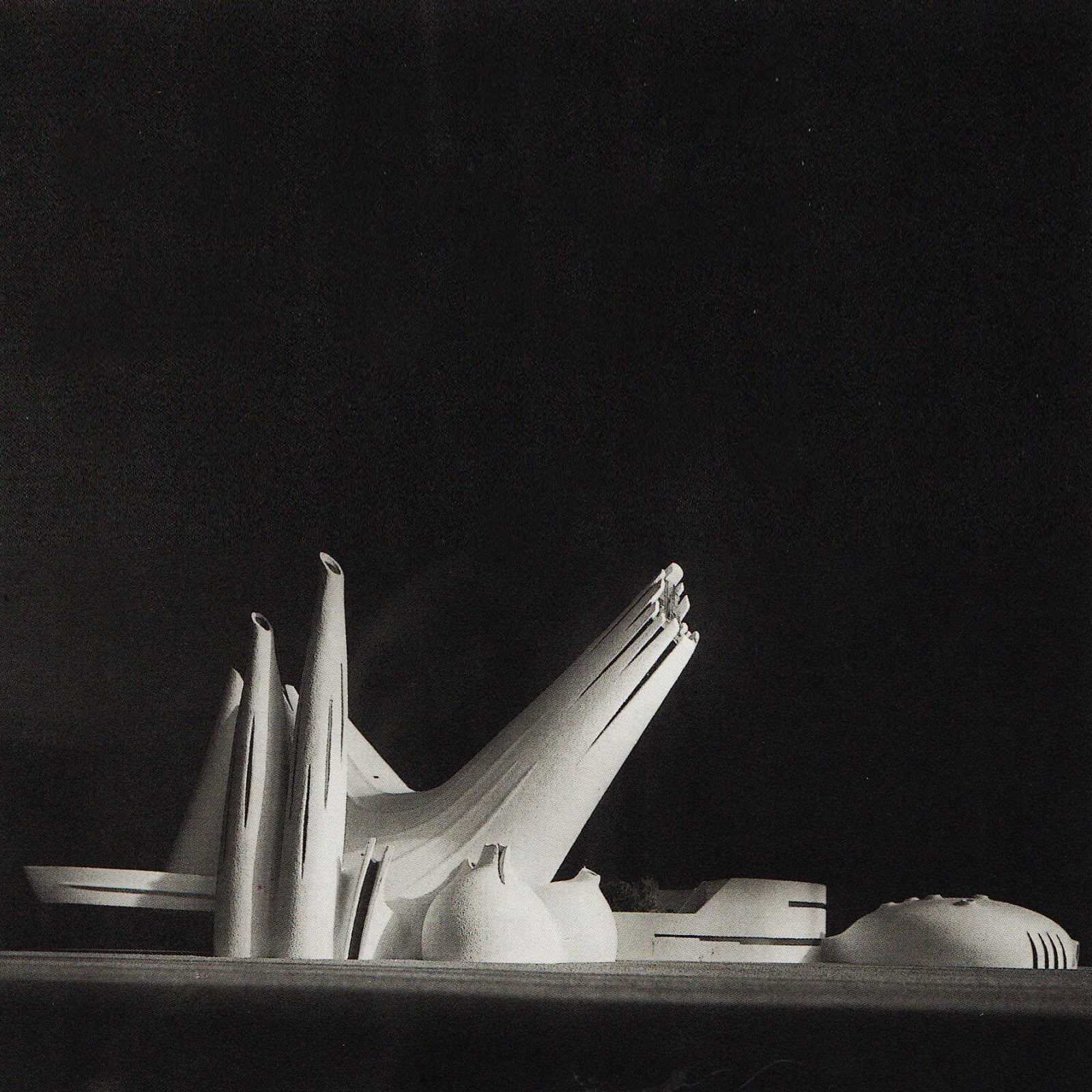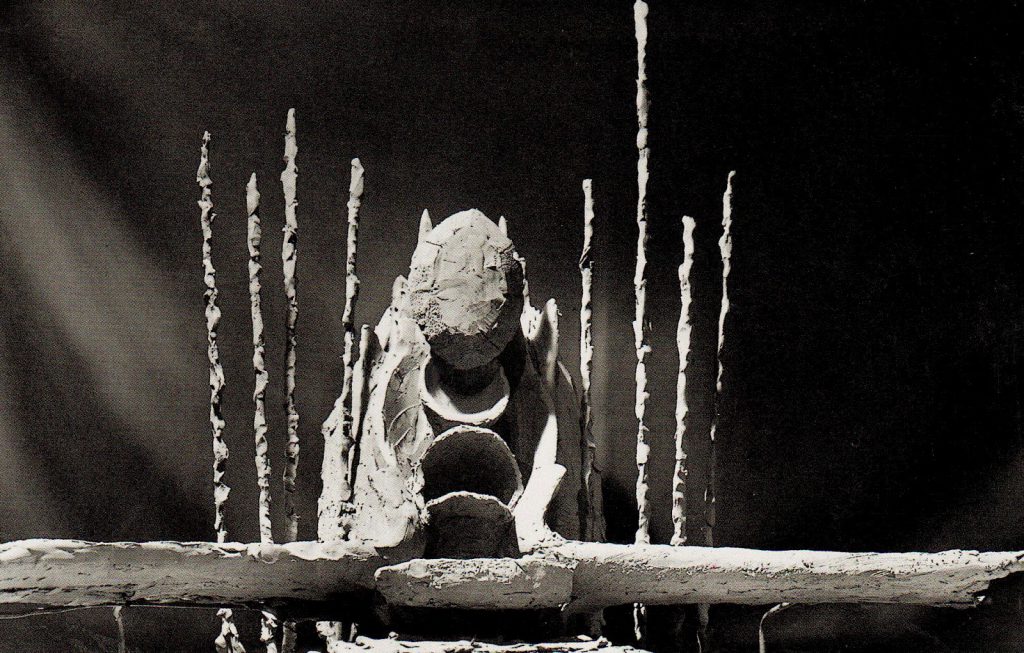“There are many works of Roman Baroque scuplture from the time of Bernini and his apprentices and of Borromini that are, in particular areas, resolved in purely formal terms. They are so far from any direct reference to objetive reality that it seems justified to recognize them as belonging to a formal, abstract world. These particular areas of plasticity correspond with figural pretext such as drapery, wings, rocky landscapes, cliffs, tufts of greenery, rays of light, and clouds. They are not of casual or secondary importance with respect to the work to which they belong; they often cover almost the entire surface of the work and constitute the fundamentals terms of its image.”
” En muchas de las obras pertenecientes al Barroco romano, en el ámbito de la escultura, desde la época de Bernini y sus aprendices y de Borromoni, se puede apreciar cómo éstas fueran resueltas en términos meramente formales. Están tan alejadas de cualquier referencia a una realidad objetiva que parece justificado encuadrarlas en un mundo abstracto, formal. Estas áreas particulares de plasticidad se corresponderían con pretextos figurativos tales como paños o cortinas, alas, paisajes escarpados, acantilados, manojos de hierba, rayos de luz o nubes. No son de una importancia secundaria respecto a la obra a la que pertenecen: en ocasiones cubren casi toda la superficie de la obra constituyendo los términos fundamentales de su imagen”
Abstract Forms in Baroque Sculpture, Luigi Moretti


